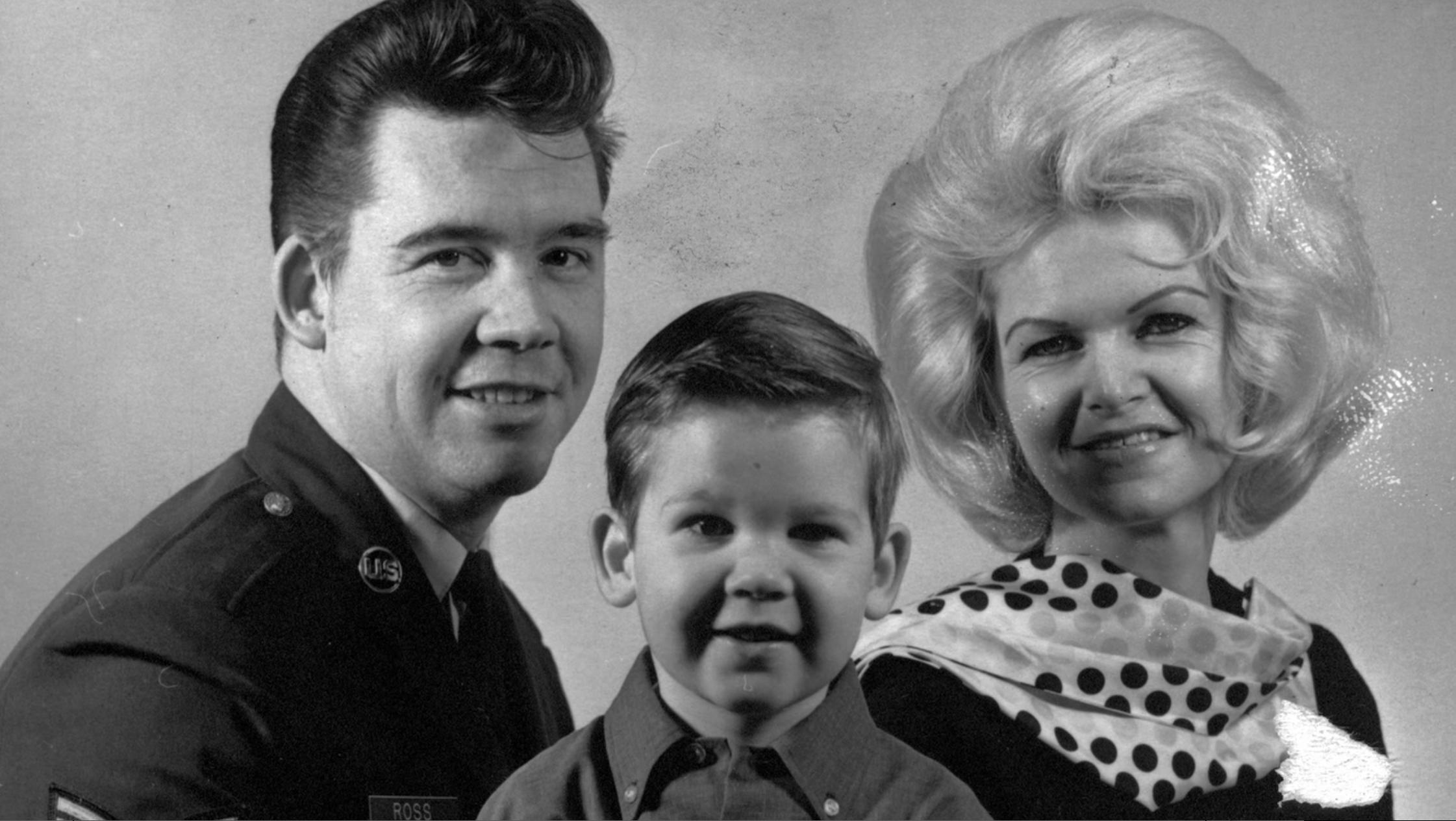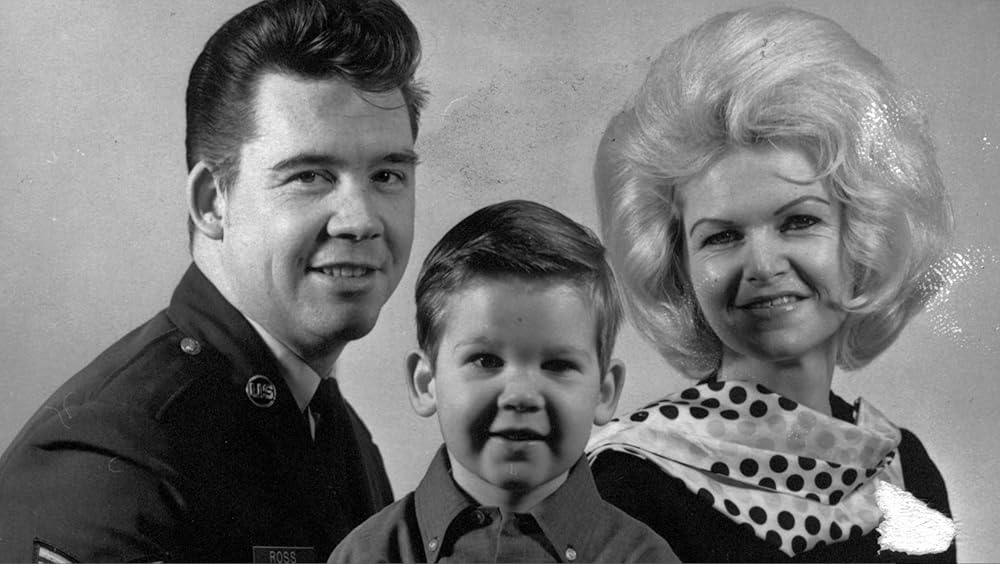It's so spooky you that don't give any examples.China and Japan share a lot of similairites even with namng conventions with Africa its spooky.

Bob Ross' Hairstyle Timeline From a Quiff to the Iconic Perm
"Bob Ross: Happy Accidents, Betrayal & Greed" on Netflix shows the curly haired painter with straight hair and different styles.


Bob Ross: Happy Accidents, Betrayal & Greed (2021)
Vicky Ross, Bob Ross, and Steve Ross in Bob Ross: Happy Accidents, Betrayal & Greed (2021)
You don't even know the difference between Central Africa and West Africa, but you want to argue over China and Japan?
And let me be one step ahead... with the "Vikings".
“Now cutting-edge DNA sequencing of more than 400 Viking skeletons from archaeological sites scattered across Europe and Greenland will rewrite the history books as it has shown:
- Skeletons from famous Viking burial sites in Scotland were actually local people who could have taken on Viking identities and were buried as Vikings.
- Many Vikings actually had brown hair notblonde hair.
- Viking identity was not limited to people with Scandinavian genetic ancestry. The study shows the genetic history of Scandinavia was influenced by foreign genes from Asia and Southern Europe beforethe Viking Age.
- Early Viking Age raiding parties were an activity for locals and included close family members.
- The genetic legacy in the UK has left the population with up to six per cent Viking DNA.”
September: Viking DNA | News and features | University of Bristol
"They looked at 48 new and 249 previously published ancient genomes and compared them to 16,638 genomes from modern humans. New evidence from several archaeological sites, including the wreck of the Swedish warship Kronan, helped reveal how the prevalence of genes from three regions—the British and Irish Isles, the eastern Baltic and Southern Europe—varied across time and space."
“I do not think there is any other study digging this deep into Scandinavia,” Anders Götherström, a study co-author and molecular archaeologist at Stockholm University’s Center for Paleogenetics, tells Gizmodo’s Isaac Schultz."
"During the Viking Age, from 750 to 1050 C.E., Scandinavians were on the move. The seafaring Vikings were the first people to reach four different continents, visiting Europe, Asia, Africa and North America. As they did, they exchanged goods, technology and culture—as well as genes."
/https://tf-cmsv2-smithsonianmag-media.s3.amazonaws.com/filer_public/ae/06/ae06cdde-7b3a-4884-95c4-b36fd813367d/gettyimages-1279962736.jpg)
Ancient DNA Reveals a Genetic History of the Viking Age
Nearly 300 ancient genomes shed light on how people migrated and genes flowed in Scandinavia
The actual paper,
Highlights:
- British-Irish ancestry has an impact on Scandinavia from the Viking period onward
- Eastern Baltic ancestry is more localized to Gotland and central Sweden
- Modern Scandinavians have less non-local ancestry than Viking Age samples
- The north-south genetic cline is mainly due to differential levels of Uralic ancestry

The genetic history of Scandinavia from the Roman Iron Age to the present - PubMed
We investigate a 2,000-year genetic transect through Scandinavia spanning the Iron Age to the present, based on 48 new and 249 published ancient genomes and genotypes from 16,638 modern individuals. We find regional variation in the timing and magnitude of gene flow from three sources: the...
“Given our results, it remains possible that the PWC represent remnants of a larger northern European Mesolithic hunter-gather complex. However, it appears unlikely that population continuity exists between the PWC and contemporary Scandinavians or Saami. Thus, our findings are in agreement with archaeological theories suggesting Neolithic or post-Neolithic population introgression or replacement in Scandinavia.”
[...]
“The driving force behind the transition from a foraging to a farming lifestyle in prehistoric Europe (Neolithization) has been debated for more than a century 1, 2 and 3. Of particular interest is whether population replacement or cultural exchange was responsible 3, 4 and 5. Scandinavia holds a unique place in this debate, for it maintained one of the last major hunter-gatherer complexes in Neolithic Europe, the Pitted Ware culture [6]. Intriguingly, these late hunter-gatherers existed in parallel to early farmers for more than a millennium before they vanished some 4,000 years ago 7 and 8. The prolonged coexistence of the two cultures in Scandinavia has been cited as an argument against population replacement between the Mesolithic and the present 7 and 8. Through analysis of DNA extracted from ancient Scandinavian human remains, we show that people of the Pitted Ware culture were not the direct ancestors of modern Scandinavians (including the Saami people of northern Scandinavia) but are more closely related to contemporary populations of the eastern Baltic region. Our findings support hypotheses arising from archaeological analyses that propose a Neolithic or post-Neolithic population replacement in Scandinavia [7]. Furthermore, our data are consistent with the view that the eastern Baltic represents a genetic refugia for some of the European hunter-gatherer populations.”

Ancient DNA reveals lack of continuity between neolithic hunter-gatherers and contemporary Scandinavians - PubMed
The driving force behind the transition from a foraging to a farming lifestyle in prehistoric Europe (Neolithization) has been debated for more than a century [1-3]. Of particular interest is whether population replacement or cultural exchange was responsible [3-5]. Scandinavia holds a unique...
And yes, there are also Scandinavians (Viking descendants) who defend Black history against racism from others towards Black people.
Wongel Zelalem reports on a woman claiming to be a descendant of Vikings correcting a false narrative about box braids belonging to them instead of black people.
"Vikings raided North Africa in 861AD, taking slaves back to the north. The slaves become known as blue men, in reference to their dark skins. Enno is just such a slave. He's proud and bitter and disobedient, so he has been passed from master to master - desired for the novelty of his skin, but just as soon discarded for his recalcitrance. His latest master is Ohthere, a Viking explorer and trader loyal to Harald Fairhair and the sworn enemy of the pirate Sulke."

Wolf Cry : Golding, Julia : Free Download, Borrow, and Streaming : Internet Archive
334 pages ; 20 cm
archive.org
Last edited: